When you're in the market for a gaming PC, you're faced with several options. You could opt for a mass-produced prebuilt model from brands like Alienware, or go for a pricier, custom boutique build from companies like Maingear or Falcon Northwest. The Origin Millennium strikes a balance between these two extremes. It's an ultra-high-end gaming system, yet it doesn't venture into the avant-garde design territory you might expect from boutique builders.
Instead, the Origin Millennium offers a solid, custom-ordered gaming rig with standard components. It's the kind of system you could assemble yourself, but without the hassle of cable management and setup. Just be prepared for the challenge of hauling a hefty wooden crate to your home, as I experienced firsthand.
Purchasing Guide
The Origin Millennium starts at $2,788, but at this price, you'd be looking at a minimal setup with an Intel Core i5-14600K and no dedicated graphics card—a configuration not worth the investment. However, Origin's website allows you to customize your system with a wide range of components. Keep in mind, the more powerful your setup, the higher the cost will climb.
Origin Millennium – Photos
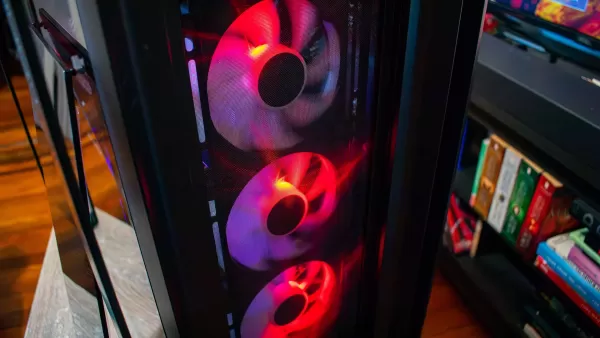
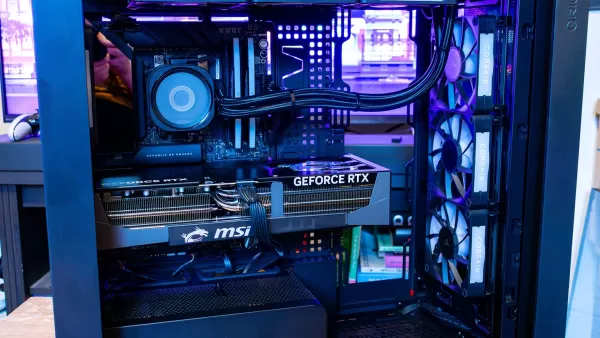 View 8 Images
View 8 Images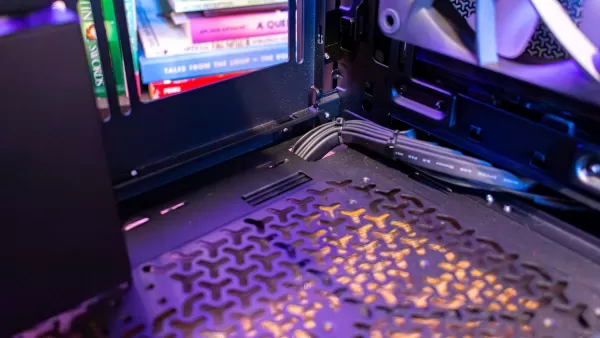
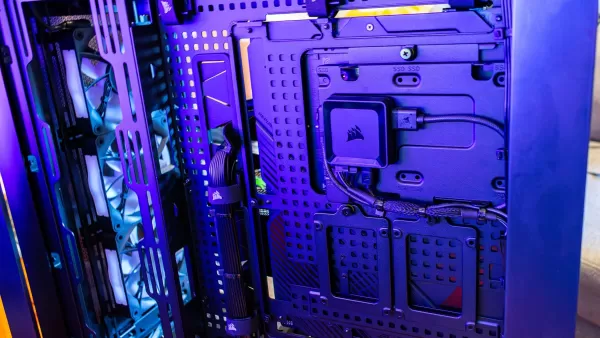
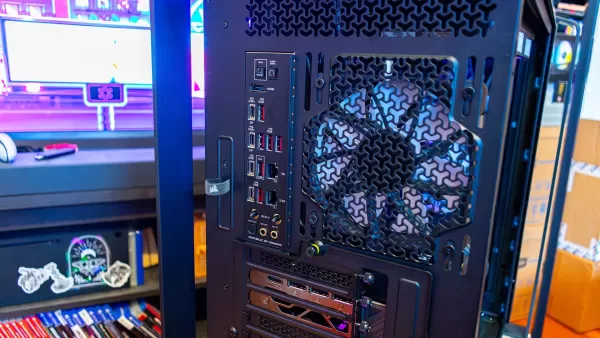
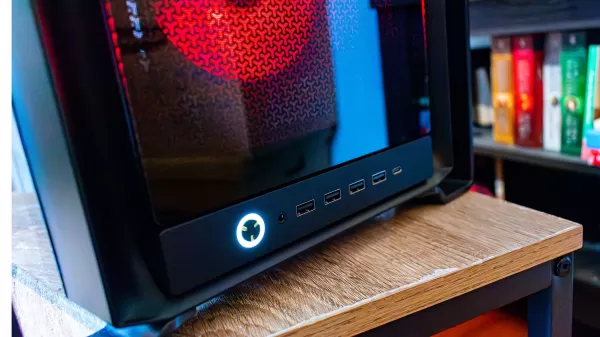
Design and Features
The Origin Millennium is a formidable machine, housed in a full-tower ATX case that's further accentuated by steel bars on all four corners, adding to its imposing presence. The case alone weighs 33 pounds, and that's before adding high-end components like the MSI RTX 5090 Gaming Trio, a robust power supply, and a 360mm AIO cooling system. Transporting this behemoth, especially in its wooden shipping crate, was a two-person job for my third-floor walkup apartment.
The corner steel bars, while adding to the aesthetic, create a challenge when accessing the internals. For instance, the metal bar on the back left corner hinders the smooth removal of the glass side panel. When I first opened the system to remove a styrofoam insert, the glass panel hitting the metal bar was a nerve-wracking experience.
Despite this, the bars are easily removable with allen bolts, though it's an extra step you shouldn't have to take with a high-end gaming PC. Once inside, the spacious interior is a delight. Even with a massive 14-inch graphics card, there's ample room for excellent airflow. Origin's cable management is top-notch, with all cables neatly arranged behind the motherboard tray and routed through grommets to their connection points.
However, an unusual design choice was made to route the wires for the front 120mm intake fans and front panel connectors underneath the system. While this results in a cleaner internal look, it could lead to potential issues if the wires snag on something. It's a unique approach to cable management that's both innovative and risky.
Customization extends to the placement of front ports and the power button, which can be mounted on the top or bottom of the case. The unit I reviewed had everything on the bottom, ideal for desk setups, but having the option to mount them on top is great for those who prefer their PC on the floor or in a living room.
The front panel boasts four USB-A and one USB-C port, with additional ports at the back. The Asus ROG Crosshair X870E Hero motherboard in my review unit offers four USB-C and six USB-A ports, two Ethernet ports, and an HDMI port for onboard graphics. The RTX 5090 provides three DisplayPort and one HDMI, typical for Blackwell GPUs.
All in the Configuration
The configuration I reviewed, priced at $7,241, is likely overkill for most gamers. Fortunately, Origin PC allows you to tailor your system to your needs. A more balanced setup might include an AMD Ryzen 5 9600X, 32GB of RAM, and an AMD Radeon RX 9070 XT, priced at $3,392. This setup is still capable of 4K gaming but at a more reasonable cost.
Building this mid-range system yourself could cost around $2,397, meaning you're paying about a thousand dollars for Origin's assembly service. For the high-end configuration, you could source the parts for around $6,506 using PCPartPicker. The premium for Origin's assembly includes a standard one-year warranty and lifetime support, which allows for free customer assistance and system upgrades (with you covering the cost of new parts).
The unique wooden crate shipping method, while cumbersome, is the safest way to transport a PC. Whether this extra cost is worth it depends on your comfort level with PC building and maintenance, and the value you place on Origin's cable management and support.
Performance
Corsair equipped my review unit with an Nvidia GeForce RTX 5090, an AMD Ryzen 7 9800X3D, and 64GB of RAM, making it a powerhouse for gaming. At 4K resolution, nearly every game exceeded 100 fps without frame generation, except for Assassin's Creed Shadows at 75 fps and Metro Exodus at 97 fps. The latter is understandable given its ray-traced workload without upscaling support.
In Assassin's Creed Shadows, the 75 fps baseline is more than playable, but enabling frame generation boosts it to 132 fps, albeit with increased latency from 33ms to 42ms. This increase might not be noticeable for most players, especially in a single-player game.
Cyberpunk 2077 also performed exceptionally well. With the Ray Tracing Ultra preset and DLSS in performance mode, the system delivered 127 fps with 23ms latency. Activating Multi-Frame Generation at 4x boosted the frame rate to 373 fps, with latency only increasing to 28ms, surpassing the capabilities of my 240Hz monitor.
Even without frame generation, the Origin Millennium's performance is stellar, ensuring that you won't need to compromise on image quality for any current games, even the most demanding ones.


 View 8 Images
View 8 Images



 LATEST ARTICLES
LATEST ARTICLES 











